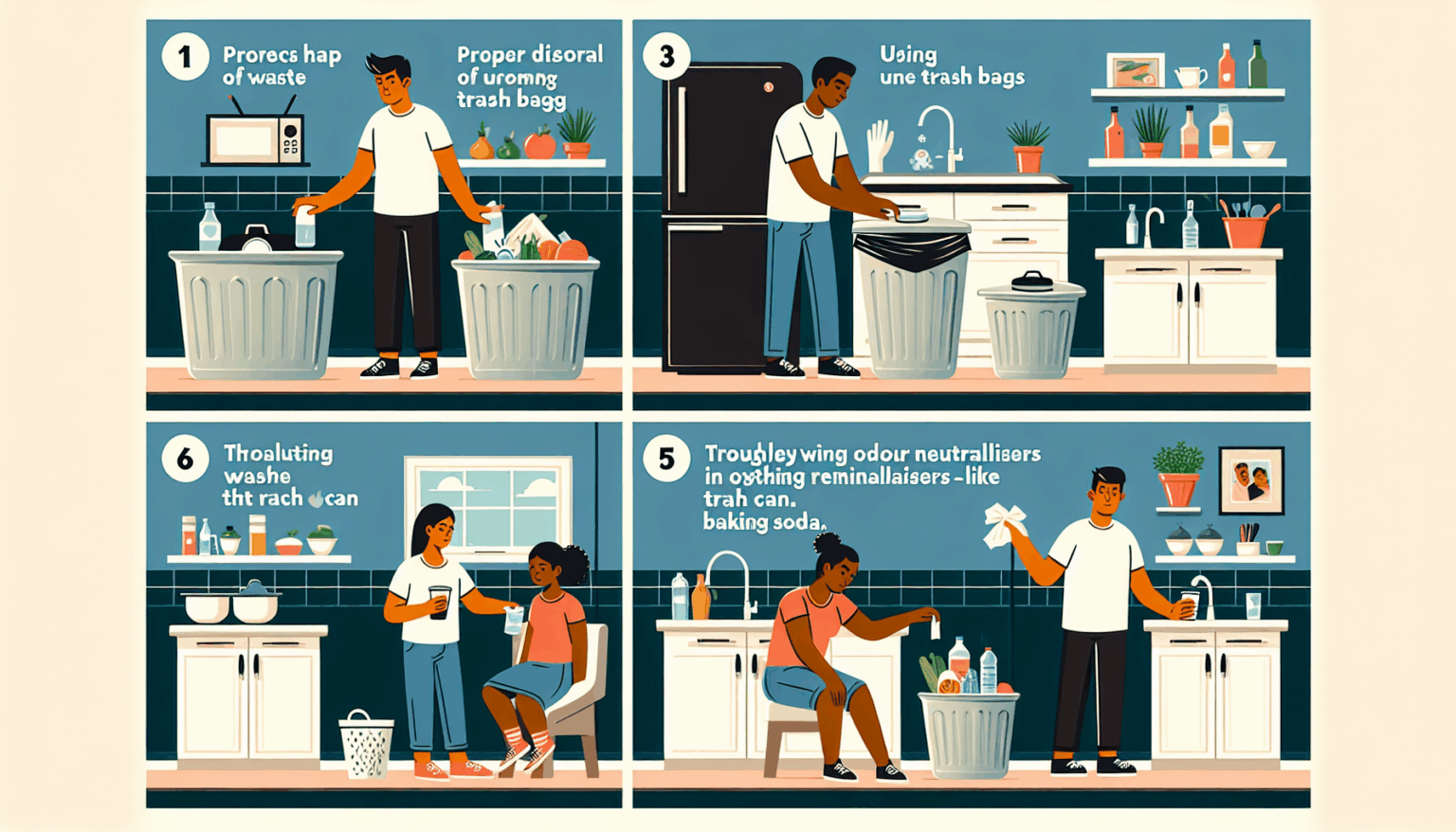During the summer, keeping the kitchen cool, clean, and free of odors can be quite the challenge. This is especially important today, as the kitchen has become a place for socializing, integrated with the rest of the home.
To manage this issue, it’s essential to choose the right place for garbage. The design of these spaces now offers many different options, although the choice of materials also plays a significant role.
The Kitchen Furniture Association (AMC) offers five key recommendations to tackle one of the most common kitchen design mistakes: not considering garbage management.
Five Tips to Prevent Garbage from Ruining Your Kitchen (and Your Summer)
1. Choose the Right Location and Method for Placing Trash Bins
Garbage bins no longer have to be a visual or functional nuisance. There are now integrated solutions—under the sink or in pull-out modules—with push, lever, or smooth guide opening systems that make use easier and keep things tidy.
Some kitchens even include a countertop hole directly connected to the bin, perfect for disposing of organic waste while cooking. A built-in lid maintains the aesthetics when not in use.
Another increasingly popular option is the garbage disposal unit, a small appliance installed under the sink that turns organic waste into very fine particles that are eliminated via the drain. This bladeless device is safer and more efficient. It also improves hygiene, reduces plastic bag usage, and supports sustainability through minimal water and energy consumption.
2. Lids Are Good, But Hands-Free Is Better
The evolution of trash bins has made disposing of garbage more hygienic and convenient. There are bins with automatic sensor lids, push-open, or pedal mechanisms that avoid direct contact, which is handy when your hands are full. Some designs feature a separation of the lid from the bin’s movement: opening the cabinet door slides the bin forward but keeps the lid in place, allowing direct access without obstacles. These solutions improve hygiene and user experience.
3. Opt for Durable and Easy-to-Clean Materials
Today’s bins are not limited to plastic; there are options in stainless steel, aluminum, antibacterial materials, or with fingerprint-resistant finishes. These alternatives not only withstand intensive use and summer heat but also make cleaning easier and provide aesthetic coherence to the kitchen ensemble. There are also visible and stylish options, ideal for outdoor kitchens or modern spaces.
4. Ergonomics Are Paramount
Simply placing a bin is not enough; think about its usage. Common mistakes include inconvenient locations, hard-to-remove lids, or systems that unnecessarily require bending. Nowadays, there are solutions that consider posture, such as elevated bins, pedal systems, or front-extraction modules that allow easy access. Ergonomics applied to these minor actions can significantly improve daily comfort.
5. For Outdoor Kitchens, Seek Extra Protection
In summer, outdoor kitchens become the focus but face more challenges. To avoid bad smells or pests, it’s critical to use closed bins made from weather-resistant materials with secure closing systems. Some manufacturers specializing in fittings now develop specific solutions for outdoor kitchens, where design must meet the challenges of sun, heat, and intensive use.
